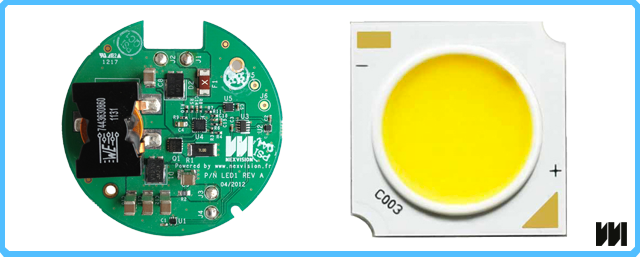FullHD (1080p30), native resolution image sensor board based on consumer type image sensor, 1/3inch : OV2715 from OmniVision

FullHD (1080p120) HDR native resolution sensor with global shutter for professional applications (broadcast TV, machine vision/inspection, defense/police, border surveillance, etc…) based on 2/3 inch high quality image sensor : CMV2000 from CMOSIS
(as an option we also have the same board with a 4 Mpixels sensor, CMV4000. Reference is then IM4M-CMV)
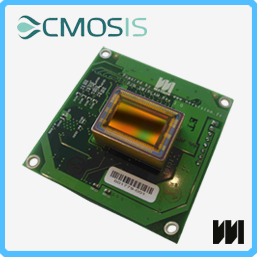

12Mpixel (4096 x 3072) “4K” sensor with global shutter for professional applications (cinema, broadcast TV, machine vision/inspection, seashore/border surveillance, etc…) based on APS-C/35mm format, 10 (300FPS) or 12bit (180FPS), high quality image sensor : CMV12000 from CMOSIS
(full FPS requires to use our “PIXTERA” front end co-processing board, or a go for a lower framerate using CAMSMOOV (16 of 64 LVDS links used))


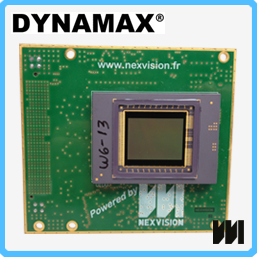
HD Ready (720p60) very high sensitivity, extremely low noise native resolution sensor with rolling shutter for night vision and scientific applications.
Based on 2/3 inch high quality image sensor : “Lynx” from PHOTONIS
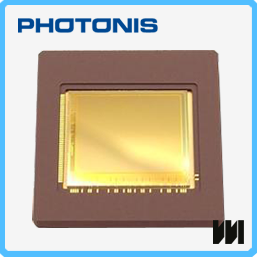
HD (720p30), high dynamic range (HDR/WDR), high sensitivity, native resolution image sensor board based on, 1/3inch, consumer type image sensor : OV10630 from OmniVision
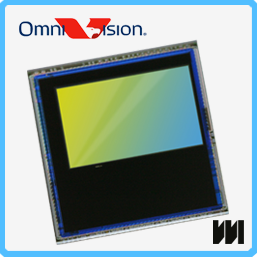
SWIR (short wave infrared) sensor, 1000 to 1700nm spectral band, based on a 2/3inch high end SWIR sensor : “Cactus” from 3-5 lab
Remark : can be associated to a double level peltier cooling board called “SWIRCOOL”
Download IMASWIR sensor board datasheet.

A rich Image Processing library & algorithms (fruit of over 10 years of R&D) embedded in a powerful platform and expertise services.
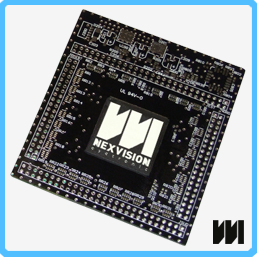
Analog composite
4x analog composite (PAL / NTSC) simultaneous video inputs converter based on TI’s TVP5158

HDMI input
Based on Analog Device’s HDMI ADV7441A receiver
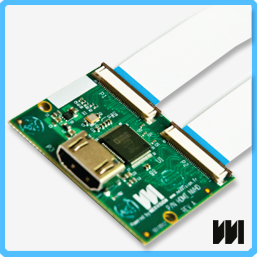
HD analog RGB components and Sony FCB-H11 input
A HD analog components input (RGB/YPrPb) + links to Sony FCB-H11 module LVDS and serial control YPrPb input is based on TI’s TVP7002
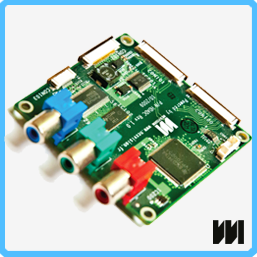
3G-SDI input output
Dual SDI-3G input or output (can be software configured as 1x RX, 1x TX or dual RX or dual TX)


Microoled display module for head mount display and viewfinders.
High end 5M subpixels display (Microoled’s IZUMI), monochrome or color. Very small size module with configurable FPGA.
Download Dispoled 5M datasheet.
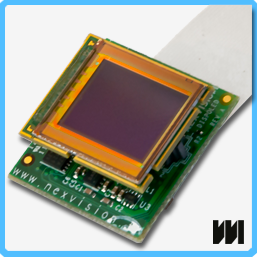
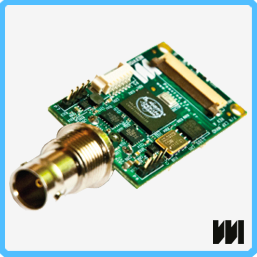


18 000 Lumens
